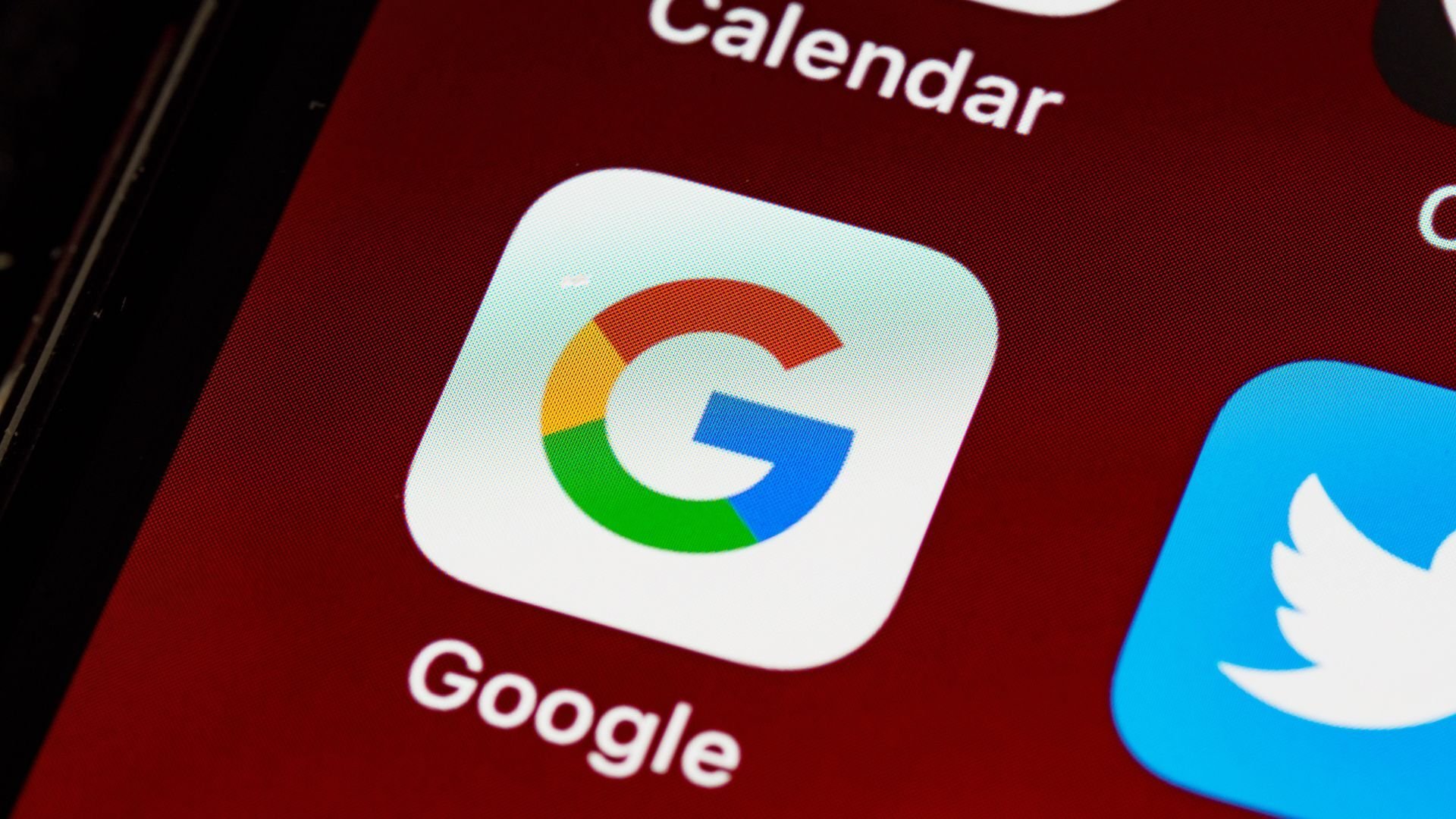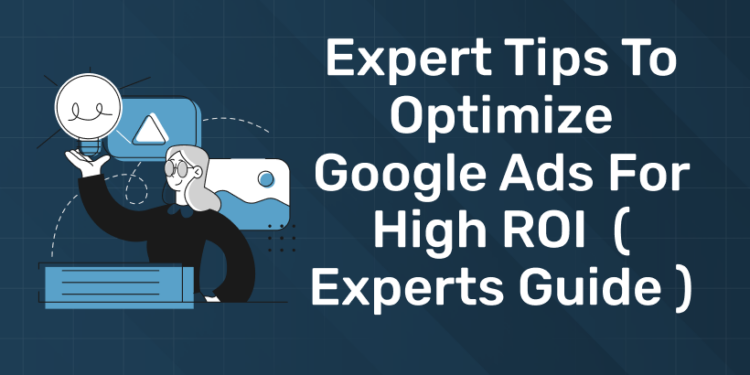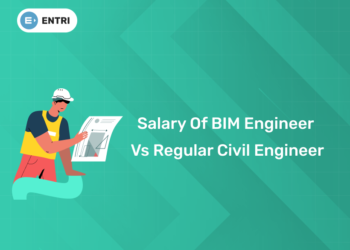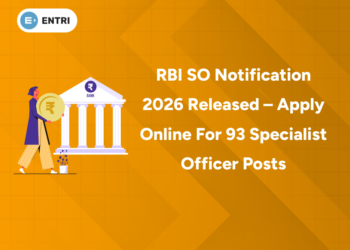Table of Contents
Google Ads is an online advertising platform for many businesses. With its wide reach and powerful targeting capabilities, it’s no wonder businesses are investing in this platform to generate leads and sales. With so many moving parts, achieving a good ROI on your campaigns can be difficult. In this blog, we take a closer look at the expert tips for optimizing Google ads for high return on investment. Lets start!
Click Here To know more about digital marketing course in Entri app
Introduction to Google Ads ROI
Google Ads is a powerful and flexible advertising platform that allows businesses of all sizes to target potential customers based on a wide range of factors including search terms, demographics and interests. In any case, the main success of Google Ads is to have a high return on investment (ROI), i.e. getting the maximum value from your advertising spend.
Learn what Google Ads ROI means to make informed decisions about your campaigns. Return on investment (ROI) usually measures the profit generated by an ad relative to the cost of running the ad. A high return on investment (ROI) shows that your advertising is beneficial to your business. On the other hand, a low ROI indicates that you may be losing ad budget to campaigns that aren’t producing significant results.
What does optimizing Google Ads mean?
1: What is the primary goal of SEO (Search Engine Optimization)?
Google Ads optimization is the process of reviewing your Google Ads data and making incremental changes to campaign elements to ensure maximum performance.
If you’ve worked in PPC for any length of time, you know how quickly the environment can change.
- New tools
- Change the trend
- Different tastes of customers
- Intense competition
It can be difficult to achieve. Last month’s (or even last week’s) optimal performance could be suboptimal tomorrow.
For example, when choosing keywords for a campaign that may work at first. However, a month later, you notice that your cost per acquisition (CPA) is increasing for the same keywords.
As part of Google Ads optimization, you can stop using these keywords and shift your focus to lower CPA keywords.
Optimizing Google Ads is important for marketers. If campaigns are left unmonitored, stale and stagnant, your advertising budget will quickly dwindle.
Even if you have the well-written ad copy, a very good landing page, and a wonderful audience list, you’re still going to perform less than ideal because your campaign isn’t optimized.
Sustaining sustainable and scalable success with Google Ads can be difficult, and even harder if you don’t evaluate and optimize your campaigns. Without these metrics to prove your campaign’s performance, you can kiss your ad budget goodbye.

Become an AI-powered Digital Marketing Expert
Master AI-Driven Digital Marketing: Learn Core Skills and Tools to Lead the Industry!
Explore CourseHow long does it take for Google Ads to work?
Do you have any idea how long it takes to fully develop successful Google Ads campaigns, and you may know that it will take anywhere from 4 to 12 months. We will run a strong campaign.
Basically, Google needs this period to gather enough data to determine the best way to show your ads to the right audience.
Step 1: Get Through the Learning Phase
When you sign up for a Google Ads account, Google typically reviews and approves your new account within 24-48 hours.
Once your account is verified, Google enters a “learning phase” that lasts approximately 7 days. During this phase, Google aims to achieve several goals, including understanding your chosen topic, gathering important data about your business, and researching your audience. How long this process takes depends on factors such as the complexity of your audience and the size of your business.
During the initial sign-in period, Google doesn’t start with your entire budget, so your daily budget is only allocated to a small portion of the clicks and impressions you want. However, you can expect a few clicks per day for each ad group. If this number is not met, it may be worth reviewing your campaign settings and budget.
Step 2: Optimize Your Campaign
After the first week, Google will continue to advertise and collect valuable data. However, it is important to note that the influx of leads usually does not happen immediately after the first 7 days. It usually takes about 90 days for a Google Ads campaign to gain momentum.
We recommend that you do not make too many changes in the early stages of your advertising campaign. When updating your account, it’s important to let Google collect rich data without repeating the learning phase.
However, with a few tweaks to keywords, ads, and ad groups, there’s usually no learning curve. This means you can spend the next two months making changes to optimize factors such as target audience, target keywords, negative keywords, placement and ad copy.
Step 3: Grow Your Results
If you put a lot of effort into optimizing your ad campaign, you can expect to see results after about three months.
Once you’ve identified an advertising strategy that’s yielding the desired results, it’s useful to expand its implementation more widely. If you are satisfied with the results of your optimized campaign, it may be worth allocating additional resources to reach more potential customers and achieve sustainable success.
On the other hand, if you are not satisfied with the results produced by your advertising campaign, now is a good time to re-evaluate and make more fundamental changes.
Learn the fundamentals of digital marketing! Join the Classes today!
Google Ads optimization checklist
If you want to optimize your Google Ads, you need to start an ongoing process that includes testing and regular adjustments. The goal of this process is to balance the cost of your campaign with the number of leads you generate.
This handy checklist will help you optimize your Google Ads and improve performance while staying within your budget.
Optimize ads keywords
- Keyword quality score is 7-10
- Keywords with low scores will be suspended
- Poorly performing keywords are identified and stopped
- Irrelevant seasonal keywords will be suspended
- The keyword list expands with new keywords
- Keywords with high CTR but low engagement are added to the negative keyword list.
- Analyze your competitors’ keywords for fresh insights and ideas
- Different keyword match types are used (broad match/exact match).
- It also includes long tail keywords
- Single Keyword Ad Groups (SKAGs) are part of this mix
Update ad group structure and account structure
- The ad group structure is in line with current offers
- The number of keywords in each ad group is limited to 15-20 per group
- Each ad group contains only relevant keywords
- The structure of the account is clear and logical
Optimize Google Ads headlines and copy
- The title contains the desired keyword or a variation of it
- Headlines are emotional or catchy
- The headings are clear and understandable
- The title indicates the content of the landing page
- Site links reflect the page they link to
- Copy includes a call to action
- No grammatical errors in the copy
- Copy that represents the search target
- High CTR but low converting copy is designed to reflect the intent of the search
- Copy that clearly describes your services
- A prescription that covers the customer’s pain points
Conduct bid optimization in Google Ads
- The monthly and daily spending limits are set correctly
- The correct goal is set for each bid
- Highly converting ads are given priority for sales goals
- CPM bidding is given priority for brand awareness goals
- Bid adjustments are set up for high-CTR, high converting copy
- Automatic bid decrease set up for low-CTR or low-traffic copy
Implement Google Ads campaign optimization
- Different types of conversion tracking are set up
- Ad performance data is continuously monitored
- Find the best target elements using historical data analysis
- settings support the best performing ads
- Historical data analysis is used to find search terms
- Highly targeted ads are delivered based on phrases or exact matches.
- Individual ads are designed for search purposes and audiences
- A/B testing is set up to create high-converting copy
- The days and times your ads appear are determined by your product and audience.
Check and update your landing page
- Pages load quickly and without lag
- Visual elements are displayed correctly
- Landing pages look and work well on both desktop and mobile
- The content matches the keywords in your ad
- Your offer is clearly stated at the top of the page
- The CTA button will appear at the top of the page
- The contact form has been tested and works well
- Conversion tracking is set for all conversion actions
Sign up to learn the basics of performance marketing in digital marketing!
Expert Tips To Optimize Google Ads For High ROI
1. Targeting the Right Audience
One of the most important factors in maximizing return on investment with Google ads is targeting the right users. This means identifying the people most likely to be interested in your product or service and focusing your advertising efforts on reaching them.
This starts with analyzing your customer data to understand who your ideal customers are and what they have in common. Then use Google Ads’ powerful targeting options to reach those people. This may include targeting specific geographic locations, demographic groups, or even people who have visited the website in the past.
2. Optimizing Your Keywords
Keywords are the foundation of a successful Google advertising campaign. These are the terms and phrases that potential customers are looking for and will determine when and where your ads appear. To maximize ROI, it’s important to choose the right keywords and optimize them for maximum performance.
First, do thorough keyword research to identify the most relevant and high search volume for your business. Then group these keywords into themed ad groups and use them to create targeted ads. Make sure your keywords have a high quality score. Quality score directly affects the ranking and cost of advertising.
3. Creating Compelling Ad Copy
Your ad copy is the first thing potential customers see, so it’s important to make a strong first impression. To create compelling ad copy that gets clicks and conversions, focus on highlighting the unique benefits of your product or service, using a strong call to action, and combining your target keywords.
Ad copy should be relevant to both the keyword and the landing page. By doing this, you can provide a seamless experience for your users and improve your quality score. Test and tweak your ad copy regularly to optimize it for maximum performance.
4. Utilizing Ad Extensions
Ad extensions are a powerful feature in Google Ads that allow you to add additional information to your ad, such as your business address, phone number, or a link to a specific page on your website. These ad plugins can significantly increase your ad views and click-through rates and ultimately increase your return on investment.
To get the most out of your ad plugins, choose the ad plugins that are most relevant to your business and provide the most value to your potential customers. This may include site link extensions, phone number extensions, and even review extensions that highlight positive customer feedback.
5. Implementing Conversion Tracking
Conversion tracking is an important part of a successful Google Ads campaign because it allows you to see exactly how your ads are performing and calculate ROI. Gain valuable insight into the effectiveness of your campaigns by tracking the actions users take after clicking your ad, such as making a purchase, filling out a lead form, or signing up for a newsletter.
To set up conversion tracking, start by defining the actions that are most important to your business and assign a value to each. Then use Google Ads conversion tracking tools to track these actions and monitor your campaign performance.
6. Monitoring and Adjusting Bids
Bids play an important role in determining ad position and cost-per-click, so regular monitoring and adjustment of bids is essential to maximize ROI. Start by determining a realistic maximum bid for each keyword based on its value to your business and your overall budget.
As your campaign progresses, analyze your performance data to determine which keywords and ad groups generate the highest ROI. Increase bids for these high-performing conditions to ensure your ads maintain a strong position and continue to perform well. Conversely, lower your bids or stop underperforming keywords to minimize wasted ad spend.
7. A/B Testing
A/B testing is a powerful technique for creating multiple versions of your ad or landing page and comparing their performance to determine which one is most effective. By regularly testing and tweaking your campaigns, you can optimize your results and maximize your ROI.
To run an A/B test with Google Ads, start by creating two or more copies of your ad copy or landing page. Then, use Google Ads’ built-in testing tools to deliver these changes to your audience and monitor performance. Based on your results, make data-driven decisions about which elements to keep, change, or remove to optimize your campaigns.
Entri Elevate Digital Marketing Course offer valuable knowledge and skills for success in the digital era. The course is intended for individuals new to digital marketing and interested in pursuing careers in performance marketing. You will learn various tools and techniques to attract and engage customers, explore different digital marketing channels, and create effective campaigns. Further, these courses are affordable and flexible and equip you with the skills needed to succeed in digital marketing roles.
Achieve exceptional results with performance marketing techniques! Enroll Here!
Frequently Asked Questions
How do I maximize ROI on Google Ads?
- Make an Offer, they can’t Refuse: …
- Make your Ad, Location Specific: …
- Say ‘Hello’ to Negative Keywords: …
- Use long tailed keywords: …
- Keep Testing for Improvements: …
- Remember! …
- Analyze & Improve Quality Score: …
- Track your Conversions without fail:
How do you optimize campaigns for maximum ROI?
- Review Your Ad Campaigns. …
- Analyze Your Audiences. …
- Amp Up Retargeting Efforts. …
- Exclude Sites and Keywords with Poor Quality Leads. …
- Test It! …
- Analyze Your Bid Strategy. …
- Automate Your Campaigns.
What is the ideal ROI for Google Ads?
Identifying a Good ROI for Your Google Ads Campaign
Now that you’re aware of some of the most important factors that will influence your campaign success, we should note that the standard return on investment for well designed Google Ads campaigns is: Any ROI that is 100% or higher!












